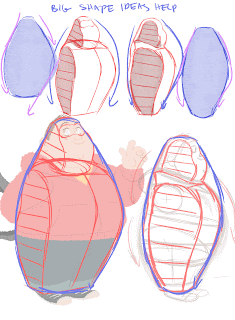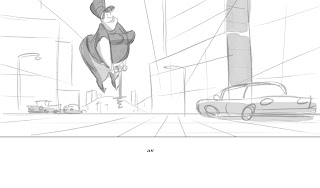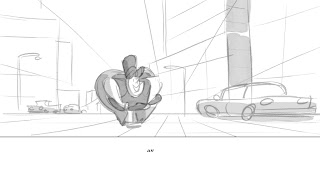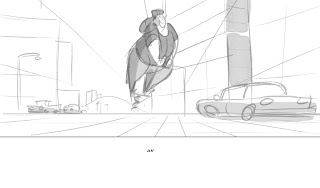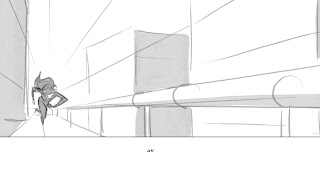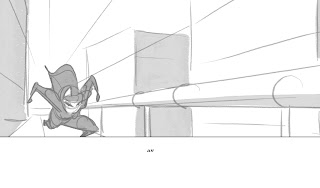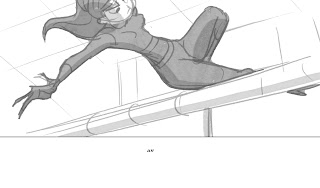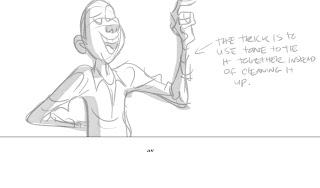
Everyone has a different one, but I'll share mine with you. If I tried to sit in a room and stare at the wall and come up with an idea, nothing would ever come to me. I know because someone told me that was their creative process, and I tried it. Nothing. My mind was completely blank. I personally need to get the ball rolling. If I get a new scene, I just start drawing anything. If I want to draw a comic about a gangster or a spaceman, I just draw them. I need to get the ball rolling. Anything that comes to mind no matter how random. Now I have a character, and an environment to explore. I can look at the drawing and say. Hey, where is he walking, what is he looking at. You can't come up with an idea before you come up with an idea. If that makes any sense. You just go. Again, no thinking. Just explore. See if you get lead down a road. Once you have a couple of key ideas that you like, then you can move on to outlining or thumbnailing or whatever it is you want to do next.
I was talking to one of the writers at work about this and he said he did the same thing. He would actually type, "I am typing right now at my computer, and the door is over there, there's a bird outside my window..." and so on, just so he was moving forward and going somewhere. You basically have to get that ball rolling some how. Once you get that ball rolling, then the ideas come flooding. that's when you jump out of bed at 2 in the morning and right stuff down to use the next day. Then the ideas start playing out in your head.
If you ever have to storyboard a scene, just draw random shots of the location and characters. You may use them, you may not, but it really helps to get started.
















